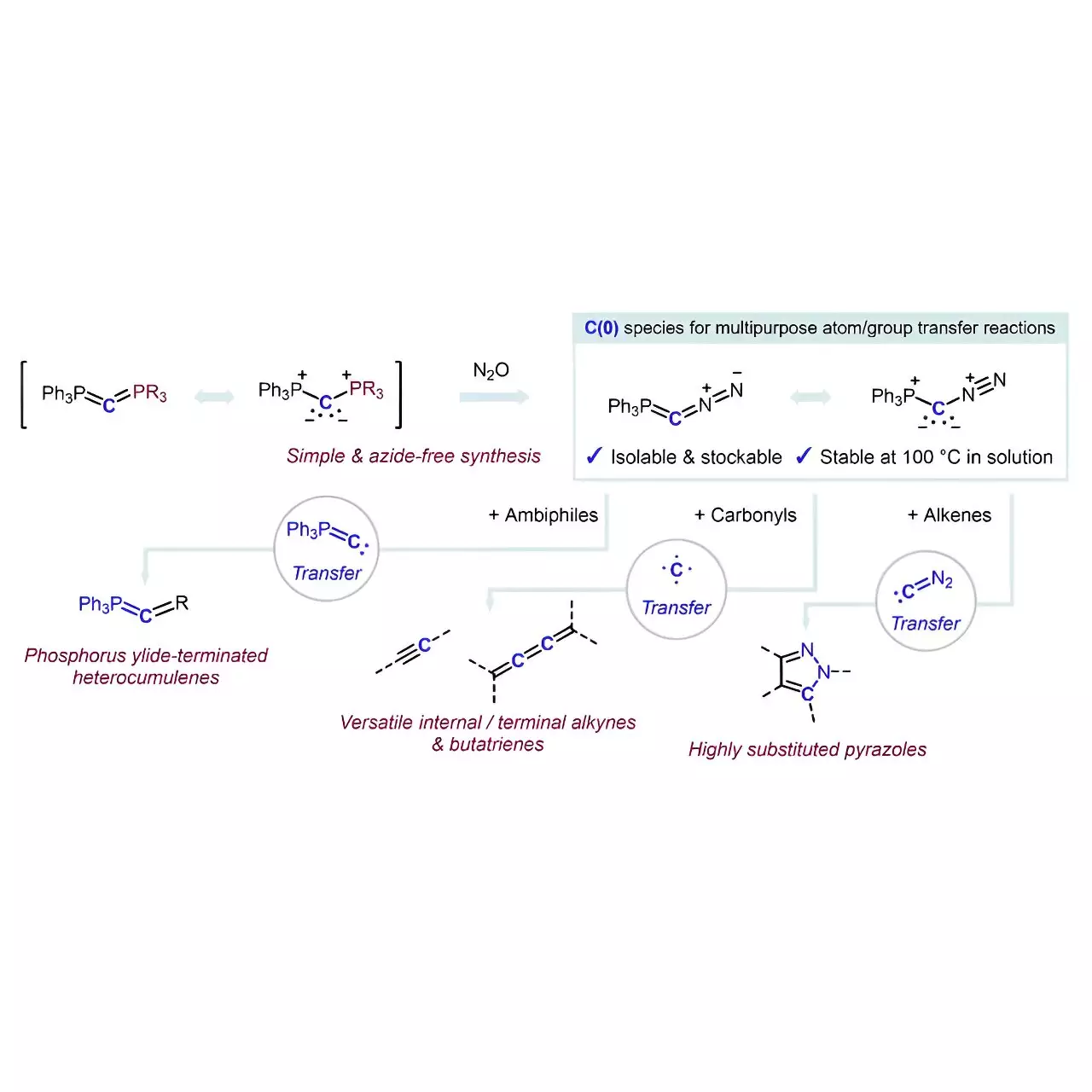The realm of organic chemistry has forever been altered by a novel reagent developed by Professor Max Martin Hansmann and his dedicated team. This innovative reagent, bolstered by significant findings published in the journal *Science*, embodies the sophistication of single-atom-level modifications in molecular structures. As researchers navigate the complexities of organic synthesis, the focus on precise carbon atom addition is not merely academic; it is a vital advancement that could expedite the creation of intricate pharmaceuticals. Achieving this required significant effort, showcasing both the brilliance and tenacity of the team, including postdoctoral researcher Dr. Taichi Koike.
The Challenge of Selective Carbon Addition
One of the most daunting tasks in organic chemistry has long been pinpointing the incorporation of carbon atoms into complex molecules, a process fraught with difficulties. Historically, the pursuit of effective reagents for carbon transfer has eluded chemists due to the intricacies of maintaining selectivity and reactivity. Given the vast potential for enhancing synthetic pathways in drug development, the stakes have never been higher. This team, armed with a 2022 ERC Starting Grant, illustrates how focused research can yield transformative tools that dismantle existing barriers, allowing for unprecedented modifications to be achieved with precision.
A Novel Approach: The Role of Carbones
The methodology adopted by Hansmann’s group involves the uncharted territory of carbones, a type of carbon species that has received little attention until now. By cleverly stabilizing a carbon atom between two neutral and electron-donating groups, the team developed a reagent that can seamlessly serve as a carbon source and a transfer agent. The synthesis of Ph3P=C=N2, derived through a straightforward exchange reaction involving carbodiphosphorane and nitrous oxide, showcases a blend of elegance and practicality in organic synthesis. The absence of hazardous materials typically associated with similar chemical processes contributes to its appeal, making this approach significantly safer than traditional methods relying on diazo compounds.
Exciting Applications on the Horizon
The versatility of the newly synthesized reagent extends its potential applications well beyond straightforward carbon transfers. The most thrilling aspect of this research lies in the ability to produce a diverse array of chemical compounds. For instance, the ability to produce phosphorus ylide-terminated heterocumulenes and multi-substituted pyrazoles marks a significant leap forward for researchers looking to produce complex molecular structures efficiently. Each method utilized here pushes forward the agenda of simplifying synthetic procedures while enhancing the outcomes—an ideal combination for researchers entrenched in the field.
Fostering Future Discoveries
Looking forward, Professor Hansmann’s vision for this research extends into a broader horizon. The confidence expressed by Hansmann regarding the reagent’s robustness suggests numerous avenues for further exploration. The probable applications might include not only the synthesis of higher cumulenes but also the late-stage functionalization of complex molecules—facilitating the venture into realms of organic chemistry that remain underexplored. This perspective invites the entire scientific community to reconsider how such reagents can redefine synthesis protocols, potentially revolutionizing not just pharmacology but various branches of chemical research.
A Rightful Advance in Organic Chemistry
In closing, Professor Hansmann and Dr. Koike’s groundbreaking work embodies a significant advancement in organic chemistry that could reshape how researchers approach carbon atom transfer. Their innovative solutions to longstanding challenges ignite possibilities that are as exciting as they are practical. The evolution of synthetic methodologies through these reagents speaks to the tireless endeavors of scientists worldwide, continually enriching our understanding of chemistry and propelling it toward uncharted territories. The future of drug synthesis and organic compound development has never looked more promising, and the journey to realizing its full potential is just beginning.

